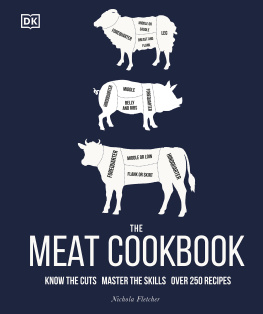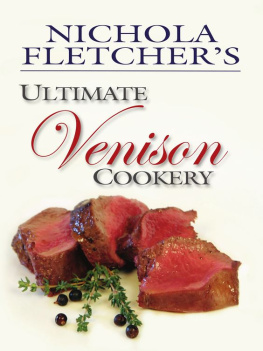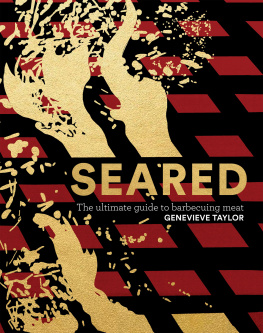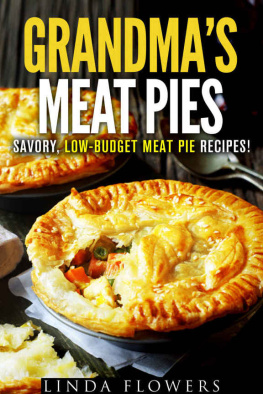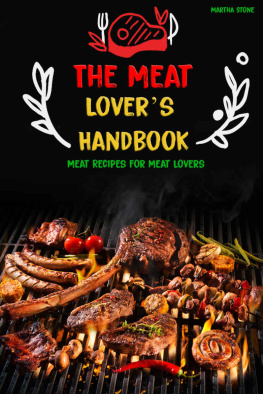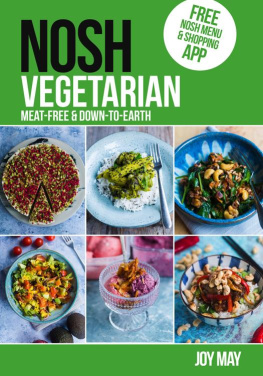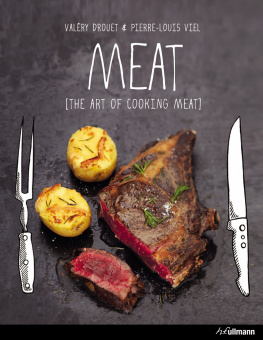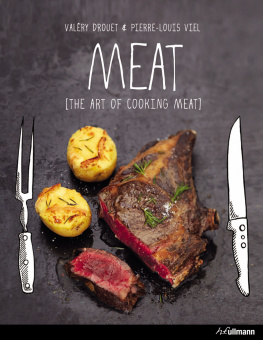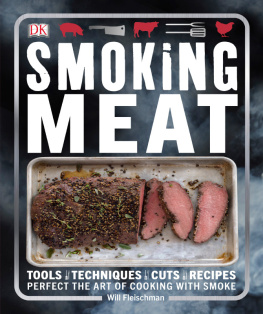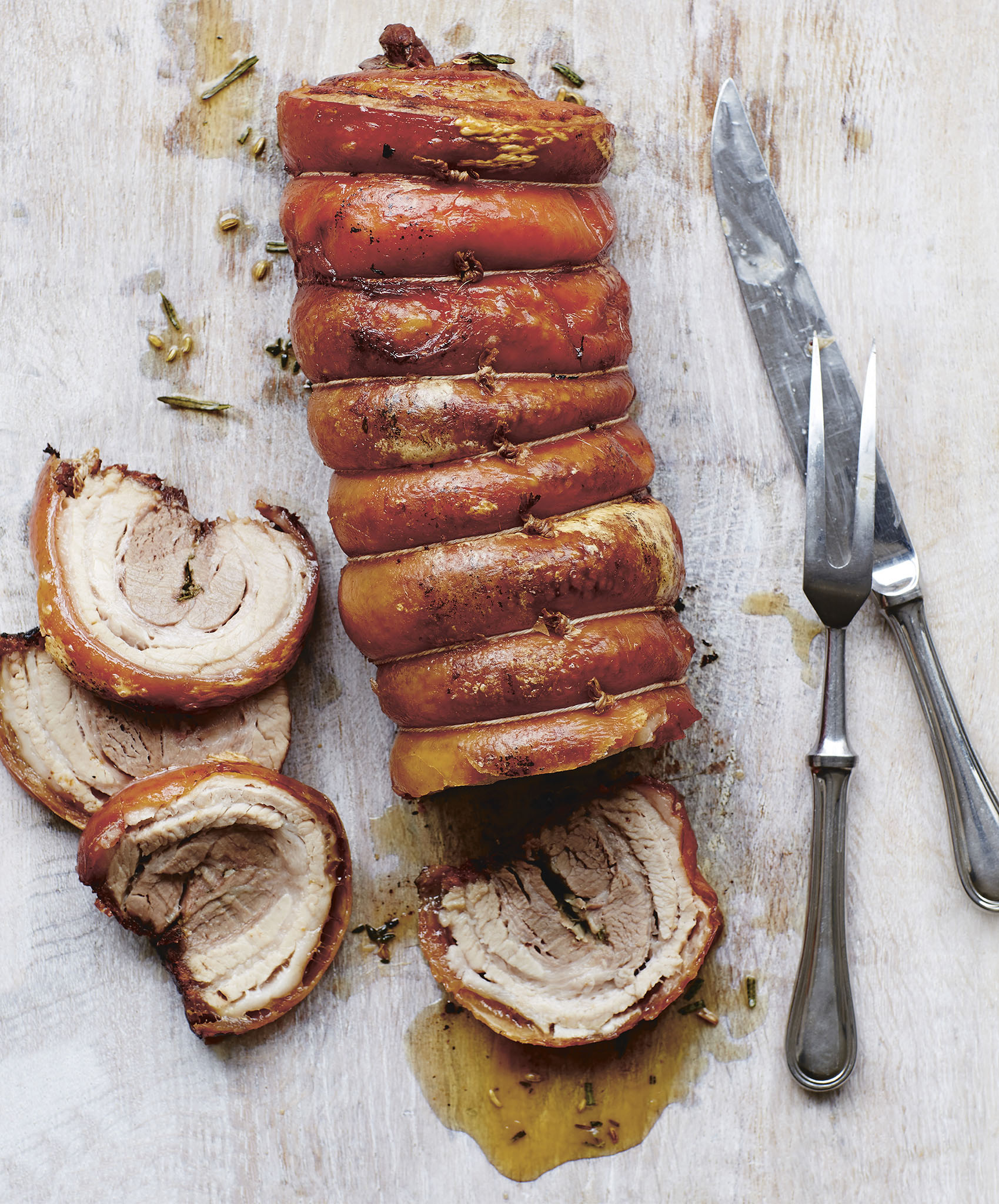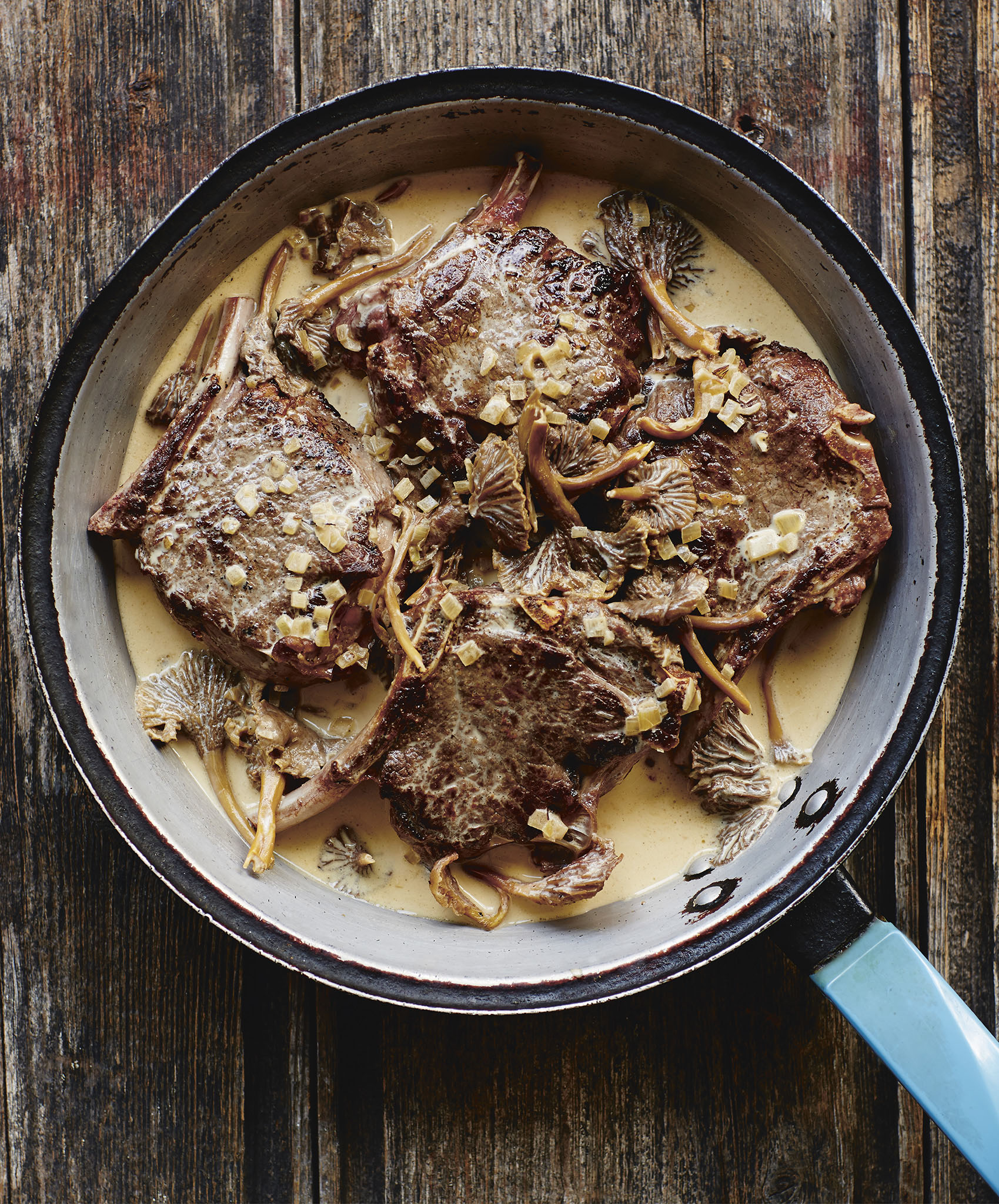Nichola Fletcher - The Meat Cookbook: Know the Cuts, Master the Skills, over 250 Recipes
Here you can read online Nichola Fletcher - The Meat Cookbook: Know the Cuts, Master the Skills, over 250 Recipes full text of the book (entire story) in english for free. Download pdf and epub, get meaning, cover and reviews about this ebook. year: 2021, publisher: DK, genre: Home and family. Description of the work, (preface) as well as reviews are available. Best literature library LitArk.com created for fans of good reading and offers a wide selection of genres:
Romance novel
Science fiction
Adventure
Detective
Science
History
Home and family
Prose
Art
Politics
Computer
Non-fiction
Religion
Business
Children
Humor
Choose a favorite category and find really read worthwhile books. Enjoy immersion in the world of imagination, feel the emotions of the characters or learn something new for yourself, make an fascinating discovery.
- Book:The Meat Cookbook: Know the Cuts, Master the Skills, over 250 Recipes
- Author:
- Publisher:DK
- Genre:
- Year:2021
- Rating:3 / 5
- Favourites:Add to favourites
- Your mark:
The Meat Cookbook: Know the Cuts, Master the Skills, over 250 Recipes: summary, description and annotation
We offer to read an annotation, description, summary or preface (depends on what the author of the book "The Meat Cookbook: Know the Cuts, Master the Skills, over 250 Recipes" wrote himself). If you haven't found the necessary information about the book — write in the comments, we will try to find it.
A meat feast awaits! Become an expert on buying, preparing, and cooking meat.
From discovering why cuts matter to learning how to recognise top-quality meat, this is your one-stop, practical guide. It contains everything youve ever wanted to know about meat.
Inside the pages of this meat recipe book, youll find:
- A comprehensive course in preparing and cooking meat with over 250 recipes
- Recipes feature timing and temperature charts to help you create the perfect flavour, plus help you choose which herbs go with different dishes
- A unique How to Butcher section provides illustrated step-by-steps and focuses on cuts of meat that can be easily butchered at home
- Expert advice from butchers on the best cooking techniques, as well as tips on how to use a meat thermometer, how to test your meat for rare, medium and well-done cooking stages, and how to experiment with flavour pairings
Whether you want to learn how to slow-cook for maximum flavour or create the perfect Sunday roast, this cookbook has all the answers for meat lovers keen to try working with different meats and cuts. Get the best from your meat with step-by-step preparation and cooking techniques, and learn key home butchery skills, such as needling, frenching, rolling, and tying.
Find out everything there is to know about well-raised meat - where to buy it and why it tastes better. Cook more than 250 of the worlds best poultry, pork, beef, lamb, and game dishes such as Jamaican Jerk Chicken, Portuguese Pork with Clams, Kerala Beef, and Barbecued Moroccan Lamb. With this butchery and cookery book in-one, youll become a connoisseur in no time! Looking as good on your coffee table as the dishes that you can create with its content, The Meat Cookbook is the perfect gift for any meat lover.
Nichola Fletcher: author's other books
Who wrote The Meat Cookbook: Know the Cuts, Master the Skills, over 250 Recipes? Find out the surname, the name of the author of the book and a list of all author's works by series.

